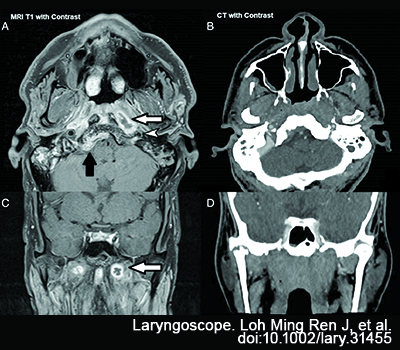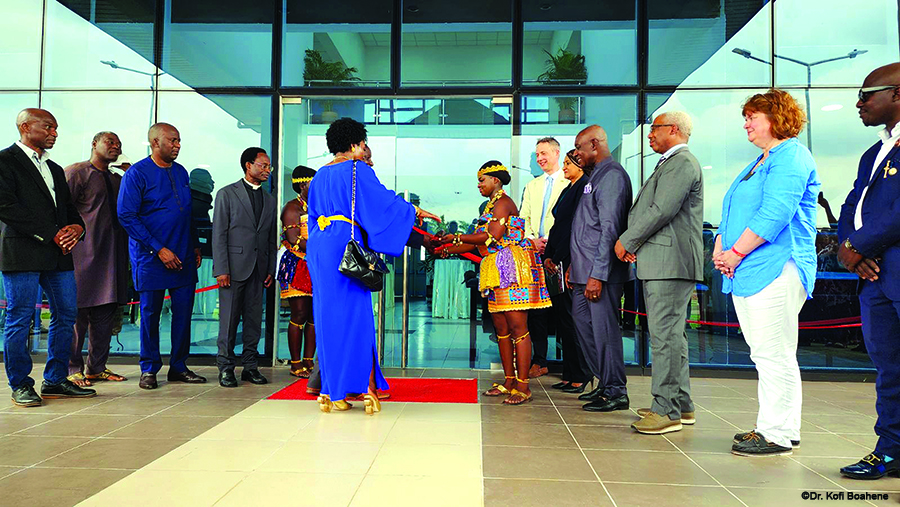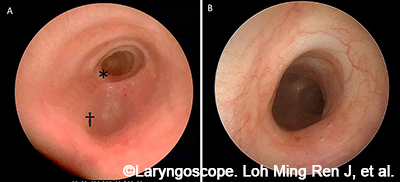What are the independent and joint associations of sleep onset time and sleep duration with cardiometabolic health outcomes?
Immersive Olfactory Training Shows Promise in Aiding Advancements of Olfactory Recovery Strategies
How does immersive olfactory training (IOT) compare with conventional olfactory training (COT) in effectiveness when treating patients with smell dysfunction?
Machine Learning Algorithm Can Diagnose FBA at Level Comparable to Pediatric Radiologists
What is the potential of machine learning to improve the diagnostic capabilities of chest radiographs in cases of pediatric foreign body aspiration (FBA)?
Propofol Application Rate Pattern Found Suitable for Performing Sedation-Controlled DISE in Patients with Obstructive Sleep Apnea and/or Snoring
What are the influences of different rates of propofol application on the achieved depth and length of the sedation course during drug-induced endoscopy (DISE)?
Canadian Rhinologists More Comfortable with Prescribing and Managing Biologics for CRSwNP than Non-Rhinologists
What can be learned from otolaryngologists’ experiences in prescribing biologics for patients with chronic rhinosinusitis with nasal polyposis (CRSwNP), including prescribing practices, patient factors guiding prescriber decisions, and physician

Challenges in Family Planning and Work–life Integration
Being fully informed about the logistics of family-planning efforts—whether it’s fertility preservation, in vitro fertilization, or surrogate parenting—and being your own advocate can help physicians through this challenging terrain of work-life integration.

How To: A Case Report of Transnasal Endoscopic Drainage for Upper Parapharyngeal Abscess
A safe technique for transnasal endoscopic drainage of upper parapharyngeal abscesses.

Will AI Take My Job?
It’s critical that otolaryngologists become familiar with, educated about, and unafraid of AI to prepare for the inevitable integration of AI applications into their practices.

Otolaryngologists Open WAISS to Improve Access to Care
Otolaryngologists Open West Africa Institute for Special Surgery (WAISS) to Improve Access to Care

How To: Creating Patient-Specific 3D-printed Airway Models for Slide Tracheoplasty
This protocol describes the method for creating 3D-printed trachea models for use in high-fidelity simulation-based training and advanced surgical planning for pediatric patients undergoing slide tracheoplasty.
- « Previous Page
- 1
- …
- 13
- 14
- 15
- 16
- 17
- …
- 166
- Next Page »